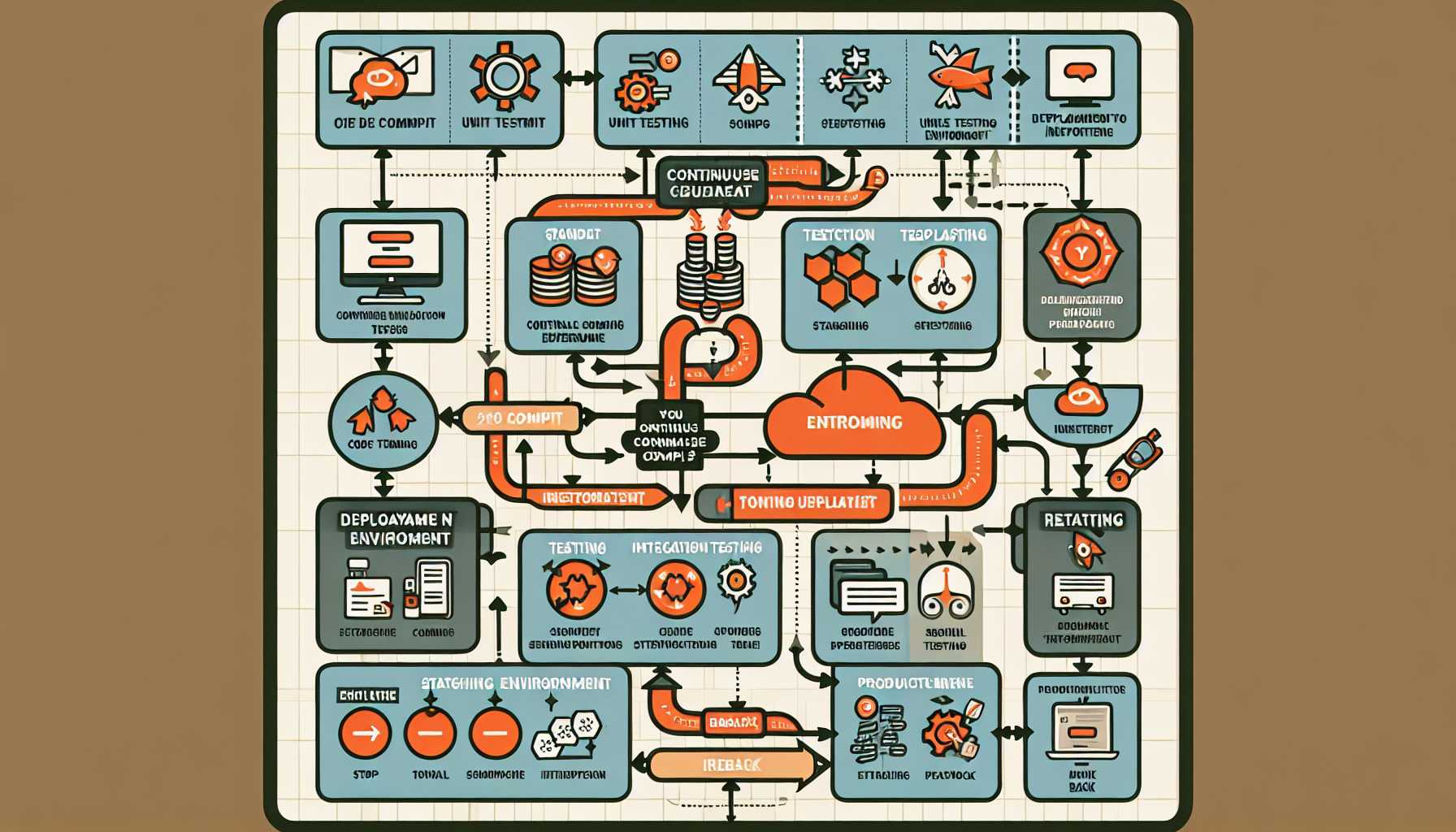Balancing Rapid Software Iteration with Product Stability
The tech industry’s landscape is characterized by a relentless push towards innovation and adaptation. As a Product leader with extensive experience in this fast-paced environment, I’m well-acquainted with the challenge of striking the right balance between rapid iteration and maintaining a stable, reliable product. In this article, I’m excited to share my frameworks, strategies, and personal experiences which may serve as guiding principles for you to master this balancing act.
The Speed-Stability Paradox
Agility in product development is undeniably crucial. Users expect swift improvements and new features. However, unbridled speed can lead to instability, bugs, and degraded user trust—missteps that can be incredibly costly. A stark lesson from my career was when a product under my leadership faced backlash due to frequent but erratic updates. Learning from that, I adopt a more holistic approach now.
Iterative Development with a Safety Net
One approach to maintaining this balance is incorporating the principles of Iterative Development with Safe Deployment Practices, such as feature toggles, canary releases, and rolling updates. This method allows teams to integrate changes in small, manageable increments while maintaining stability. A personal triumph using this approach was during a critical feature rollout where we successfully mitigated risk by slowly ramping up exposure and closely monitoring performance indicators.
Lean on Automation
Automation is a bedrock strategy in this balance. Automated testing and continuous integration/continuous deployment (CI/CD) pipelines facilitate rapid iteration without sacrificing quality. This was a game-changer for a cloud service I managed where the CI/CD pipeline became our quality gatekeeper, catching and addressing issues before they ever reached the customer.
Cultivate a Robust Monitoring Ecosystem
A robust monitoring system is paramount. Real-time monitoring and alerting can catch issues early, often before users are affected. There’s an instance from my past where enhanced monitoring helped avert a potential service disruption during peak usage hours.
Building a Resilient Architecture
Creating a resilient architecture fosters stability. Microservices, containerization, and orchestration through tools like Kubernetes empower teams to iterate on individual components without disrupting the entire system. One of my proudest moments was leading a migration from a monolithic to microservices architecture, which subsequently improved our deployment cadence and system reliability.
Embracing Customer Feedback Loops
Rapid iteration feels pointless without considering customer feedback. User feedback should be embedded into your iteration cycle to ensure product developments align with customer needs. I recall steering a feature from initial negative reception to a market differentiator by continuously incorporating user feedback and iterating on the solution.
Strategic Rollout Plan
Having a strategic rollout plan is crucial. Phased rollouts and beta testing provide a safety net. During my tenure with a mobile application, we devised a regional rollout strategy that allowed us to gather insights and optimize performance before expanding to broader markets. This tactic prevented widespread issues and contributed to a more stable product.
Case Study: Steering Through Challenges
Reflecting on a challenging project, I remember being tasked with overhauling a legacy system amidst demands for new features. The key to our balance was incremental delivery and feature flagging. By decomposing the legacy system’s monolithic structure and embracing microservices, we could provide value continuously without significant downtime. It’s this strategy that I believe can be a beacon for others facing similar circumstances.
In wrapping up, balancing rapid software iteration with product stability is not a one-size-fits-all solution. It requires a blend of strategic planning, automated guardrails, and a culture that values both agility and reliability equally. The interplay between these elements is nuanced and can only be refined through experience and a deep understanding of your product, your team, and your market.
Product managers who master this balance will not only launch successful features more consistently but also build platforms that stand the test of time—earning the unwavering trust of their users. The pursuit of equilibrium is a journey, one that is iterative and learning-filled, much like the products we aim to cultivate.

